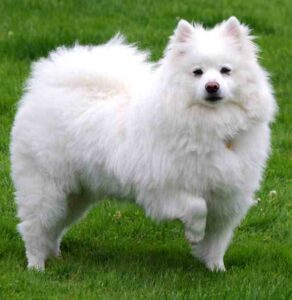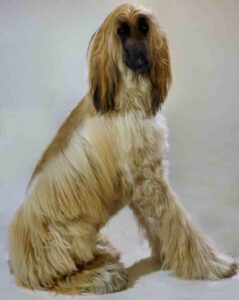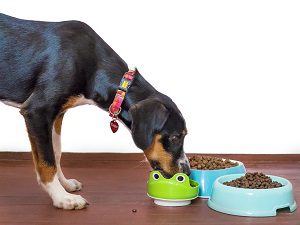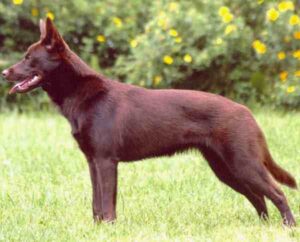The Austrian Pinscher dog is a beautiful, medium-sized breed of pinscher-type dog. It was developed to work as a farm dog. It is also known by some other names. It’s other names include Österreichischer Pinscher, Österreichischer Kurzhaarpinscher or Austrian Shorthaired Pinscher.
As the name suggests, the Austrian Pinscher dogs were originated from Austria, where dogs of the type were originally farm dogs, keeping barns free of rats and acting as home guards, livestock guardians and drovers.
The name originally given to the breed in 1928 was the Österreichischer Kurzhaarpinscher (Austrian Shorthaired Pinscher) to differentiate it from similarly named breeds, but today in its country of origin the breed is officially called the Österreichischer Pinscher, or Austrian Pinscher in English.
The Austrian Shorthaired Pinscher was recognized as a breed for the first time in 1928, but the breed was developed from an old type of pinscher found on farms in the Austrian countryside, a mixture of German Pinschers and the local dogs.[1]
The farm dogs began to die out at the end of the nineteenth century, when the work they did was no longer needed. In the early 20th century Emil Hauck, looking for an aboriginal dog type identified in 1843 by H. von Meyer as Canis palustris or dog of the marshes (a type of dog, not an actual species), found what he believed were some examples of similar dogs in the Austrian countryside.
In 1921 he began serious breeding to revive and define the type of the breed, to separate them from other landrace pinschers of the area. The Austrian Kennel Club (Österreicher Kynologenverband) first recognised the breed as the Österreichischer Kurzhaarpinscher (translates in English as Austrian Shorthaired Pinscher) in 1928.
The name was given to the breed to identify its place of origin as Austria (Österreich), and to differentiate it from the Schnauzer which at that time was called the Rough-haired Pinscher (rauhaariger Pinscher). After World War II, though, the breed almost vanished.
In the 1970s only one registered dog of the breed remained, named Diokles of Angern. Breeding this dog with other dogs identified as of the old pinscher type in the area (“Landpinschern”) has brought the breed back, although there are still only a small number of them.
Austrian Pinscher Dog Characteristics
The Austrian Pinscher dogs are beautiful animals. Generally, they are a normally proportioned strong and sturdy dog. They have button ears and a head described as being shaped like a pear.
They have a short to medium long double coat, in a variety of yellow, red or black and tan colors. They usually have white markings on the face, chest, feet and tip of the tail.
Their tail is long, which is held high. They are heavier, more rugged and rectangular in appearance than the German Pinscher dogs.
Average height of the mature Austrian Pinscher dogs is between 17 and 20 inches at the withers for males, and between 17 and 19 inches for females. Average weight of the mature dogs is between 12 and 18 kg.
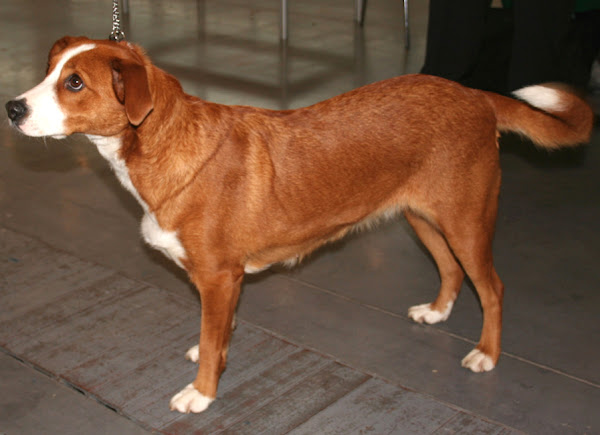
Temperament
Despite it’s background as a working dog, the Austrian Pinscher dog is very much suited to family life and makes a great companion for children of all ages. They generally bond strongly with their family, showing them great devotion and demonstrating their affection at any opportunity. Because of their playful and gentle nature, they are so well suited to life with children.
The Austrian Pinscher is a wonderful watch dog. You can rest assured that your home is being protected at all times when there is an Austrian Pinscher dog around.
Dog-to-dog aggression can be an issue in some dogs, so they require early socialization with other canines to ensure their acceptance. Barking can be excessive in some Austrian Pinscher dogs, and they need to be trained out of them from a young age, particularly if living in close proximity to neighbors.
Lifespan
Average lifespan of the Austrian Pinscher dog is between 12 and 14 years.
Feeding
How much a mature dog eats depends on it’s size, age, build, metabolism and activity level. Dogs are individuals, just like people, and they don’t all need the same amount of food.
The Austrian Pinscher dogs are medium sized dogs. So, their diet should be formulated for a medium sized breed with average or high exercise needs. You can consult with your vet for better recommendations.
Caring
Taking good care of the animals is very important for raising Austrian Pinscher dog. As this is a breed of dog that has been used to it’s freedom running around farmyards, it is not advisable to keep the Austrian Pinscher within an apartment or small home.
These dogs generally require outdoor access and plenty of space to round around in. Even when tired out, they don’t tend to sit still, instead wandering around their home, investigating the vicinity.
Although these dogs are pretty small in size, they need a large amount of exercise to keep them satisfied. A minimum of an hour a day should be spent taking them on a hike or jog. And they should also be kept entertained with training, canine activities and games. They are by no means a lazy dog and will almost certainly develop destructive habits if their energy is left unspent.
Health
The Austrian Pinscher dogs are generally healthy. But like all other dog breeds, they are also prone to certain health conditions.
Their common health problems include hip dysplasia and cardiac disease. Always keep good contact with a vet in your area.
| Breed Name | Austrian Pinscher |
| Other Names | Österreichischer Pinscher, Österreichischer Kurzhaarpinscher or Austrian Shorthaired Pinscher |
| Breed Size | Medium |
| Height | Between 17 and 20 inches at the withers for males, and between 17 and 19 inches for females |
| Weight | Between 12 and 18 kg |
| Good as pets | Yes |
| Climate Tolerance | All climates |
| Color | Black & Tan, Stag Red, Russet, Brownish-yellow |
| Lifespan | Between 12 and 14 years |
| Good for children | Yes |
| Rarity | Common |
| Country of Origin | Austria |

